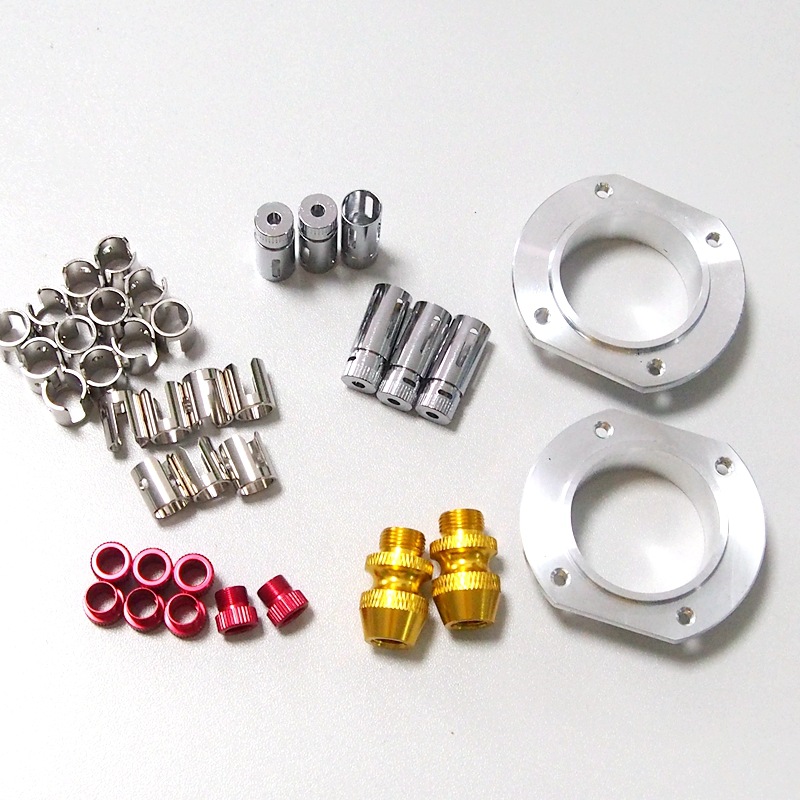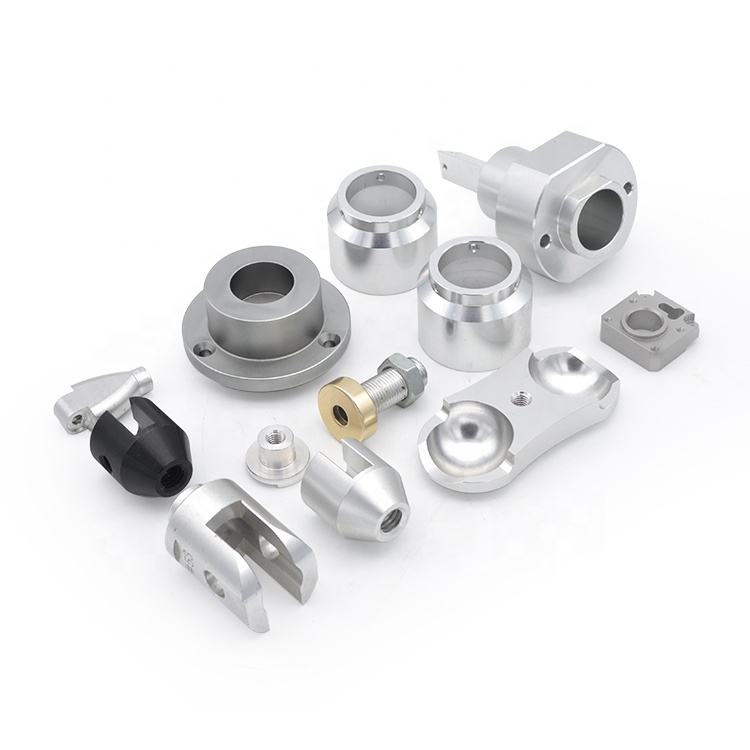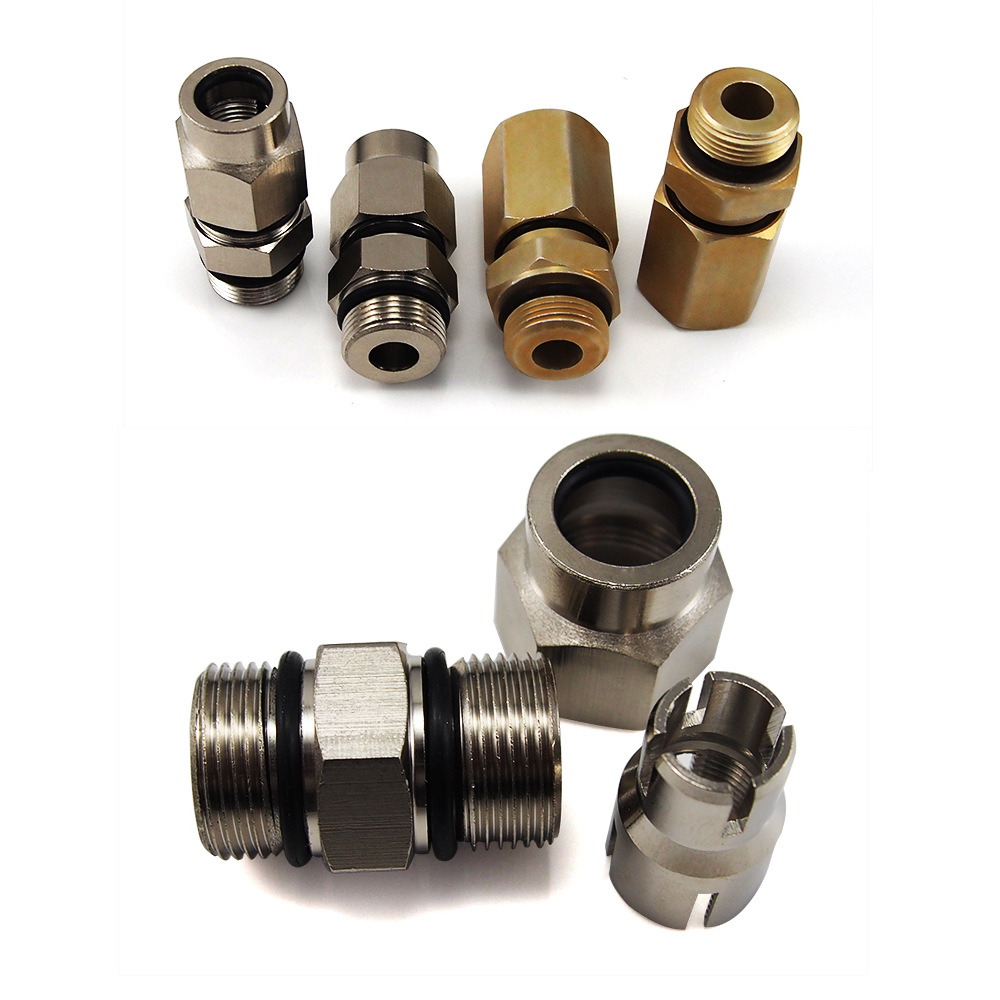Coyo provides the highest quality custom aluminum extrusion services to meet your specific application. Coyo can assist in the design and manufacture of custom aluminum extrusions to meet your requirements. The profile is obtained by first designing a custom mold with the desired cross-section. Next, the aluminum blank is forced through the die using direct or indirect extrusion techniques. Once complete, the extrusions are quenched, straightened, and subjected to any post-processing such as drilling or machining.
Various surface treatment options such as anodizing, painting or powder coating are also available to improve the appearance of the extrusions or their resistance to corrosion and wear. High-quality aluminum profiles are lightweight, corrosion-resistant, thermally and electrically conductive.
Aluminum extrusion is the process of shaping aluminum material by forcing it to flow through a forming opening in a die. When extruded in this way, the aluminum material comes out of the mold as an elongated piece with a continuous cross-sectional profile, and this profile can be highly complex and detailed. For the non-expert, a simple explanation of extrusion is to think of how spaghetti shapes or Play-Doh are made. In both cases, the dough is fed into the chamber, pressure is applied by turning a crank or handle, and the dough is forced through small holes. Changing the attachment of this hole affects the cross-section of the wire, allowing you to choose spaghetti, macaroni, or something else.
Of course, billet aluminum is not as malleable as pasta dough, so the aluminum extrusion process requires a lot of force (usually through a lot of hydraulic pressure) and, in some cases, the application of heat.
The aluminum extrusion process can be done in one of two ways: hot extrusion or cold extrusion. There are reasons for using both methods. Hot extrusion can feed more aluminum into the mold quickly and at lower pressure, while cold extrusion can produce parts with excellent mechanical properties with good surface finish and oxidation resistance.
To extrude aluminum through a hot extrusion process, the aluminum billet must first be cut to the appropriate size. They are then heated in an oven to temperatures between 300 °C and 600 °C, making the metal soft but not liquid.
As the cut aluminum billets are heated, hydraulically driven punches force them into molds, which can have standard hole diameters (i.e. round or square holes) or custom contours. It takes tremendous pressure (approximately 10,000,000 pounds) to force the heated aluminum through the mold.
The extrusion is then cooled on a cooling table and cut to length according to the customer's needs. Heat treatment can also be applied to harden aluminum.
Finishing options for aluminum profiles
Aluminum extrusion is used in the mass production of many non-decorative components, such as tubes and frames, where finishing may not be particularly important. However, custom aluminum extrusions are also used to produce high-value products that may benefit from the addition of color, text, logos, and other finishing procedures.
Suitable surface treatment procedures for aluminum extrusions include:
Basic mechanical finishing: Polishing, sandblasting and grinding can be performed to adjust the surface quality of aluminum profiles, sometimes in preparation for other surface finishing.
Anodizing: Aluminum profiles can be anodized, giving them an anti-scratch and anti-oxidation coating and an excellent appearance.
Spray painting: Whether the part requires a matte, glossy or textured finish, spray painting is an effective way to change the color and surface appearance of your aluminum extrusions.
Powder Coating: Powder coating is a suitable alternative to anodizing and offers excellent chemical resistance and tone consistency.
Screen Printing: Screen printing is one of the easiest ways to add text and logos to aluminum profiles and is cheaper than machine finishing procedures.
Laser Engraving: Laser engraving can be used to add detail, including text, to extrusions that will not fade over time. Therefore, it is very useful for basic functions such as part serial numbers.
consistency
Aluminum extrusions have consistent cross-sections because the parts will pass through the same mold during production. After extrusion, the part is also straightened to ensure it is consistent throughout its length and meets dimensional requirements.
rapid manufacturing
Once the mold is made, the actual extrusion process is very quick. Some aluminum parts are suitable for feed rates of 2 to 20 ft/min. Rapid manufacturing means shorter lead times and lower costs per meter of extruded aluminum. It is important to note, however, that the design and fabrication of an extrusion mold can take several weeks.
Reduce material waste
Only the required material is used in the extrusion process and there is minimal waste. For example, if a part is manufactured using CNC machining, a significant amount of waste will be generated because material needs to be removed to create the cross-section.
light
Extruded designs can be optimized for lightweighting while still maintaining the required stiffness. Complex cross-sections can be designed to optimize specified load cases. Lightweight design means reduced raw material costs.
Cost-effectiveness
The cost-effectiveness of aluminum profiles depends on a variety of factors. The speed with which aluminum profiles can be manufactured means the cost per part is lower. Additionally, there is little raw material waste and extrusions can be designed to be very light without sacrificing their performance.
heat conduction
Aluminum is thermally conductive. This is useful for heat exchangers or radiators. Custom radiator profiles can be produced to optimize heat transfer without the need for complex manufacturing processes such as CNC machining.
preservative
Uncoated aluminum is highly resistant to corrosion due to the natural oxides that form on the surface over time. This oxide can be artificially replicated through anodization to create a highly corrosion-resistant surface. Aluminum profiles can also be coated using a variety of techniques such as powder coating or spray painting to further improve their corrosion resistance.
We offer a wide range of precision aluminum products to meet the specific needs of our customers.
View MoreWe offer custom solutions for precision aluminum products to meet the unique needs of our customers.
View MorePrecision aluminum products are manufactured to the highest standards of accuracy and consistency.
View MoreContact Us
Related Information
CNC Aluminium ExtrusionAluminium Extrusion Supplier ChinaMachining Aluminum ExtrusionsCustom Aluminium ProfilesCustom Aluminum Extrusion ProfilesAluminium Parts ManufacturerAluminium Profile Manufacturer in ChinaODM CNC Milling PartsAluminum CNC Precision PartsAluminum Water ManifoldPneumatic Manifold BlockAluminum Parts ManufacturingAluminum Part ManufacturingAluminium Extrusion SupplierMachined Aluminum PartsPrecision Aluminum ExtrusionCNC Machining Aluminium PartsAluminum Extrusion SolutionCustom Aluminum Axtrusion ManufacturerCustom Aluminium ProfileExtruded Aluminum FabricationCustom Manifolds6061 T6 Extruded AluminumCustom Aluminium ExtrusionAluminum Tube ExtrusionAluminum Round Bar SupplierCNC Small Aluminum PartsAluminum Extrusion ServiceCNC Aluminum ExtrusionCustom Aluminum Extrusions SupplierAluminium Rod SupplierPrecision Aluminum ExtrusionChina Aluminum Extrusion ManufacturerAnodized Aluminum ExtrusionsCutting Aluminum ExtrusionProfile Precision Extrusions

